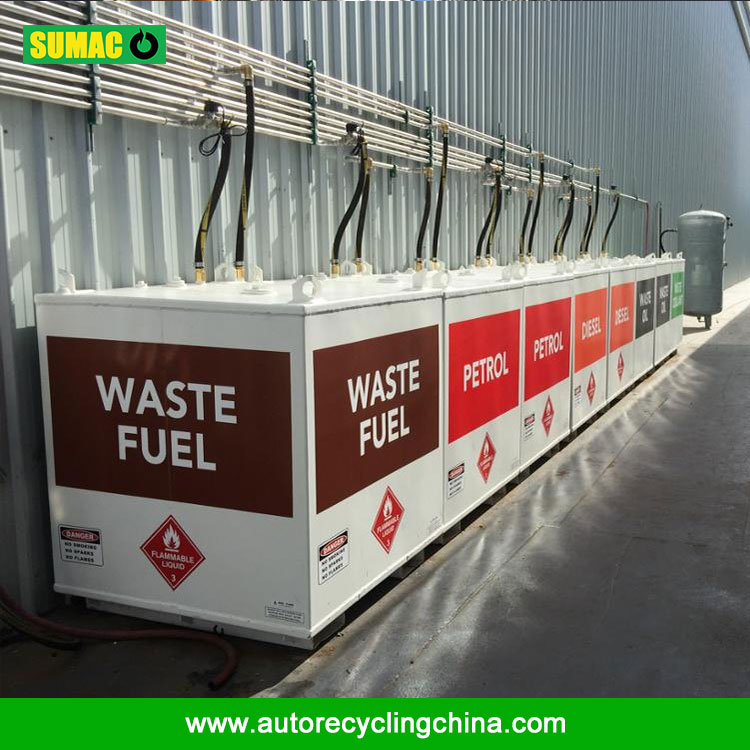How is the sewage system of gasoline transfer tank
2025-05-16
Leave a message
The sewage disposal system of gasoline transfer tanks is a critical component to ensure environmental protection, safe operation, and the quality of stored gasoline.
Typically, a gasoline transfer tank's sewage system starts with a drainage outlet located at the lowest point of the tank. This position allows accumulated water, sediment, and other contaminants to be effectively drained. In many designs, a drainage valve is installed at the outlet. This valve remains closed during normal operation to prevent gasoline leakage. When it's time for drainage, operators open the valve carefully. For example, in some large - scale gasoline storage facilities, the drainage valve is a specially designed, corrosion - resistant ball valve that can withstand the erosive nature of gasoline and its contaminants.
To separate water from gasoline, a common method is to use a water - oil separation device. Gravity - based separators are frequently employed. In such a separator, the mixture of gasoline and water enters a chamber where, due to the difference in density, water settles at the bottom while gasoline floats on top. This separated water can then be safely drained away. Another approach is to use coalescing filters. These filters work by causing small water droplets in the gasoline - water mixture to combine into larger droplets, which are then separated more easily.
Sediment collection and removal are also important aspects. A sediment trap is often incorporated into the sewage system. This trap is designed to catch solid particles such as rust, dirt, and other debris that may have accumulated in the tank over time. Regular cleaning of the sediment trap is necessary. For instance, it can be opened periodically, and the collected sediment can be removed and properly disposed of according to environmental regulations.
Moreover, the sewage system should be connected to an appropriate waste treatment facility. This ensures that the drained wastewater and contaminants are treated to meet environmental standards before being discharged. In some cases, the treated water can be recycled for non - potable uses such as tank cleaning or other industrial applications. Overall, a well - designed and properly maintained sewage system for gasoline transfer tanks is essential for environmental compliance and the long - term integrity of the tank and its contents.


